At the University of Minnesota Board of Regents’ October meeting, University union workers addressed the regents during a discussion. Members of the American Federation of State, County and Municipal Workers (AFSCME) interrupted the meeting on Thursday and requested the board listen to their demands during the discussion of their current contract negotiations with the University.
Union Negotiations
The AFSCME union protesters presented multiple demands to the board on Thursday. These included a wage increase to keep up with inflation, making Juneteenth a holiday for staff, paid time off for participating in tribal elections and pay augmentation for workers who offer bilingual translation services.
This comes amid the current union contract negotiations between the University and AFSCME. AFSCME represents over 2,000 University employees, including workers in health care, research animal management and clerical work.
“We are interrupting the University board meeting because the University bargaining team has said to us that rather than taking our concerns to them at the table as is our right, as is their responsibility, we have to talk to you directly to move forward on our demands,” AFSCME Union member Rachel Katkar said.
At the Board’s Friday meeting, University President Joan Gabel addressed the contract negotiations.
“We are fully committed to continuing to find common ground with our valued employees and leadership to avoid a strike that would hurt members of our University community, including those employees,” Gabel said.
On Oct. 4, Teamsters Local 320, which represents 1,500 University service workers, voted to go on strike by a 93% margin. The earliest workers can strike is Oct. 22.
President Gabel also stated the University has plans in place to keep the University operating during the strike.
Discussions over the University system’s diversity
Interim Chancellor Janet Schrunk Ericksen discussed the MPact 2025 goal for the University of Minnesota – Morris to reach an enrollment student population of 1,700 by 2025. However, unforeseen events, like COVID-19, caused that to become unachievable, Ericksen said.
“Had the pandemic not occurred and not hit the population we serve particularly hard,” Erickeon said, “we would have been in a much better enrollment position.”
The regents discussed ways to improve Morris’s visibility. Regent and Vice Chair Steve Sviggum said, “Is it possible that at Morris we’ve become too diverse?”
He said he has received two letters from friends that their children do not feel comfortable with the diversity at Morris and would not attend.
Ericksen said multiple perspectives are core to liberal arts education and diversity is highly valued. Only 41% of Morris students are Black, Indigenous and People of Color (BIPOC). These historically underrepresented students are not the majority on campus.
Regent Darrin Rosha said outside of campus, students of color enter a heavily white community.
“From that perspective, I would be quite surprised if a student has a legitimate concern about feeling out of place,” he said.
Rosha said a heavily diverse community should be the place for students to learn not to be uncomfortable with diversity.
“Our relationship with communities of color is something we should be building on,” Rosha said.
Sviggum addressed the comment during an interview with WCCO Radio on Monday.
“I was just asking a question. I’m sorry some feel the question might be offensive,” he said. “The simple fact is one number — enrollment — has gone down 40% (at Morris). One number — the diversity number — has gone up 40%.”
Graduate education updates
Vice Provost and Dean of Graduate Education Scott Lanyon discussed three impact measures in graduate education.
The first measure is increasing the percentage of graduate and postdoc students that use their degrees. The goal is to maintain that at least 95% of students indicate they use the training they received at the University.
The graduate program plans to achieve that goal by encouraging Individual Development Plans (IDPs), professional development workshops and surveying alumni. In a recent survey, 98% of respondents indicated they used University training either “moderately” or “significantly” in their current job.
The second measure is to increase the percentage of students with a favorable sense of belonging each year.
The graduate program encourages graduate programs to implement best practices to be welcoming and supportive.
“A key piece is preparing faculty to be as effective as possible as advisors and supportive of students who come from diverse backgrounds.” Lanyon said.
In graduate student experience in research university surveys (gradSERU) there has been an increase in satisfaction with the graduate program’s positive and welcoming climate, Lanyon said.
The third measure is to increase the percentage of BIPOC and underrepresented students each year. The graduate school will implement action plans to achieve that goal.
Those action plans include consultations and communication of best practices. The Creating Inclusive Cohorts pilot program allowed the University to partner with graduate programs and offer resources “to jumpstart diversity in that program,” Lanyon said.
All programs that participated experienced increases in applications and enrollment from students from underrepresented populations, Lanyon said.
A new vice president of research
The board and President Gabel welcomed the University’s new vice president of research, Shashank Priya. Priya previously served as associate vice president for research at the University of Pennsylvania. He will oversee the University’s research across all five campuses.
“It is an honor to be standing here today and to be starting in this position,” Priya said. “This combination of great people, top notch talent, caliber of our academic leadership and the leading edge facilities and infrastructure, these are all ingredients for success.”
Priya plans to organize the 2030 Workshop, which aims to set the University on track to further lead in scientific research.


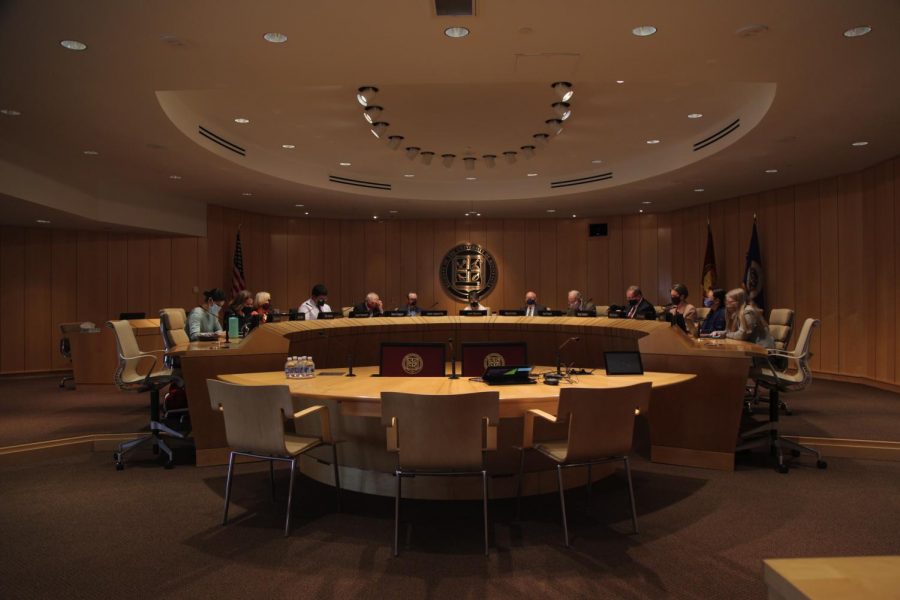

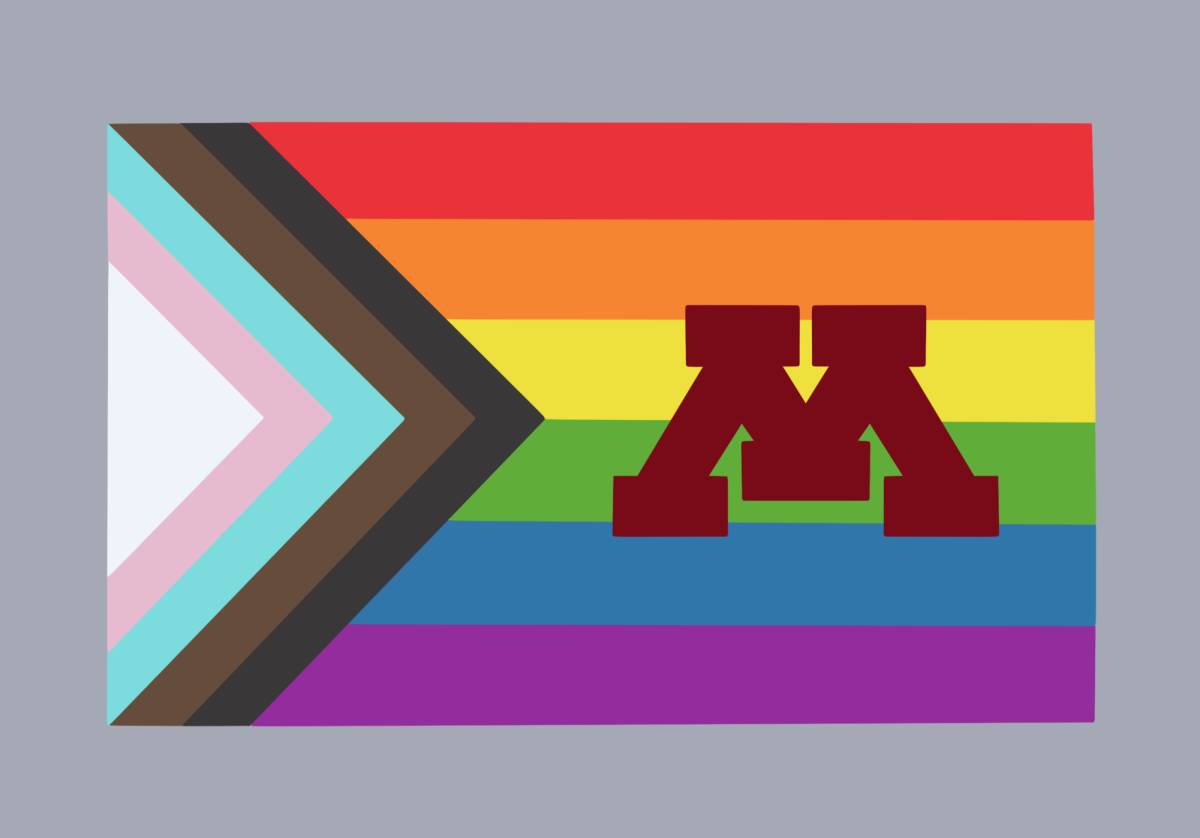



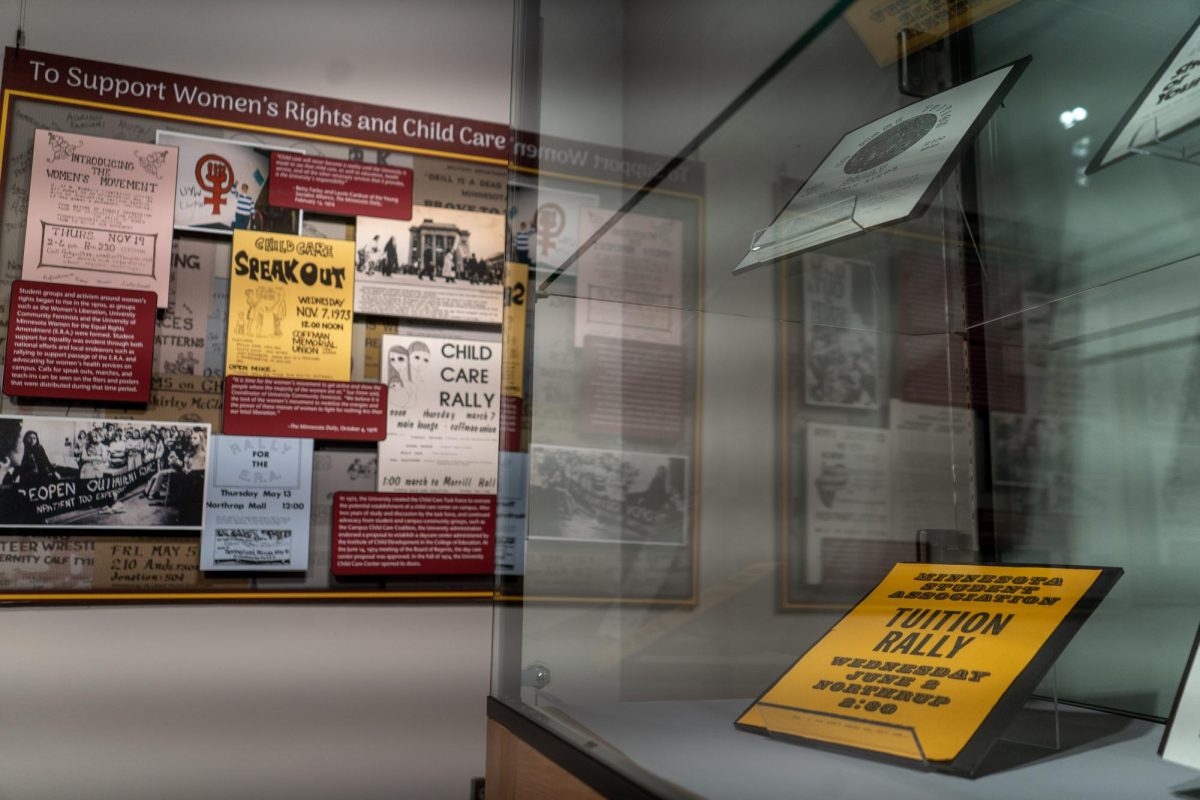
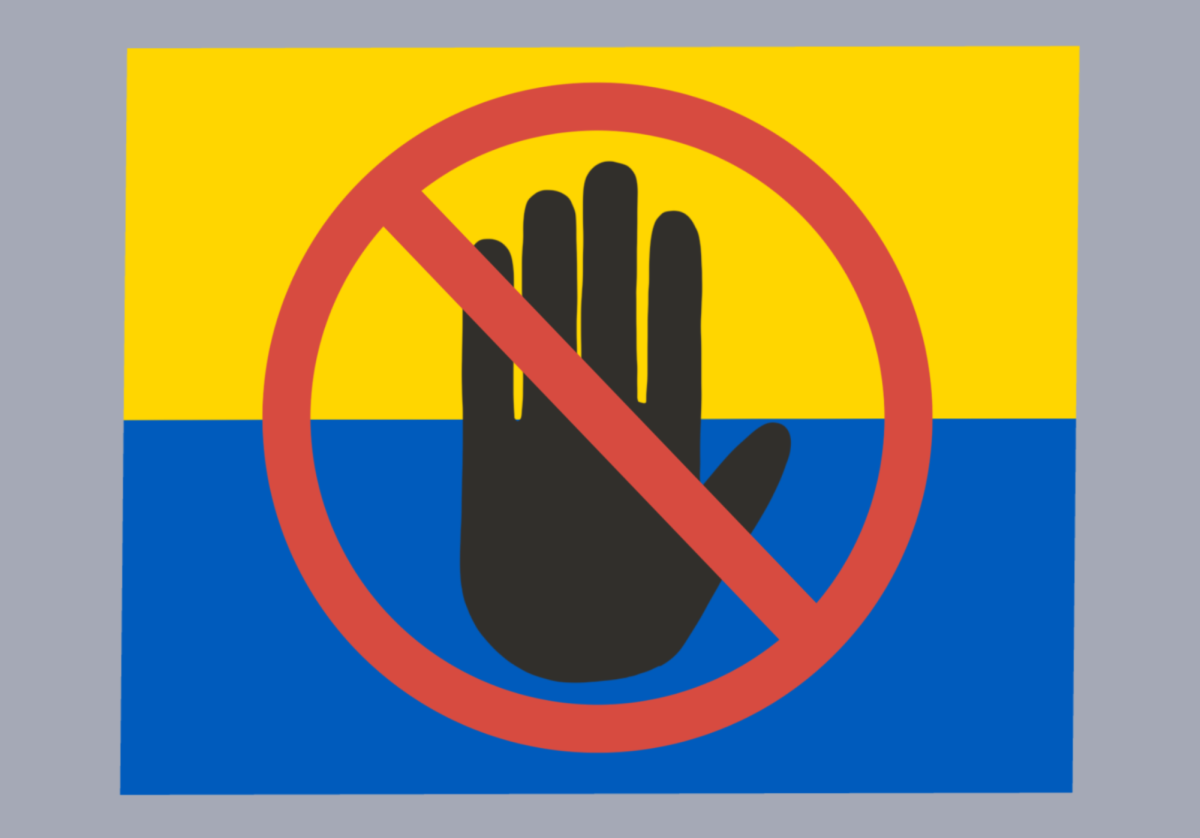
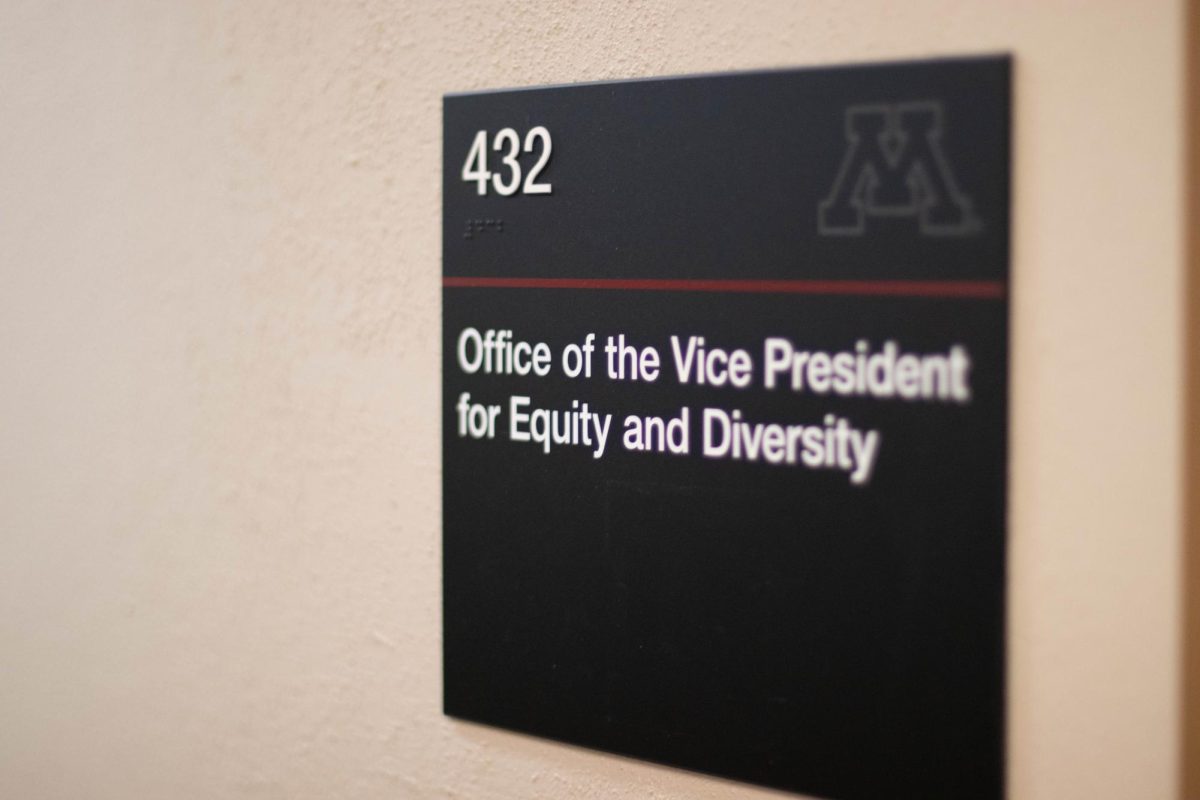
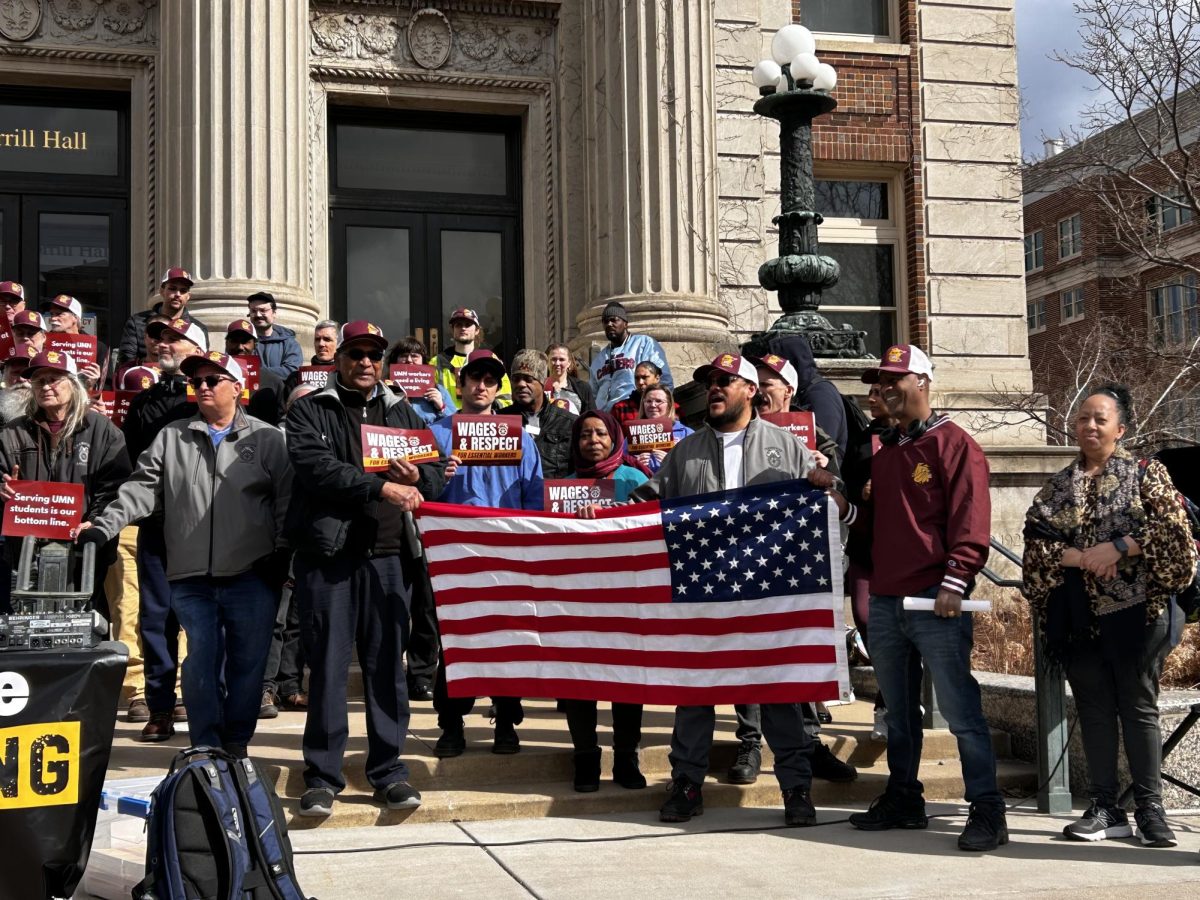

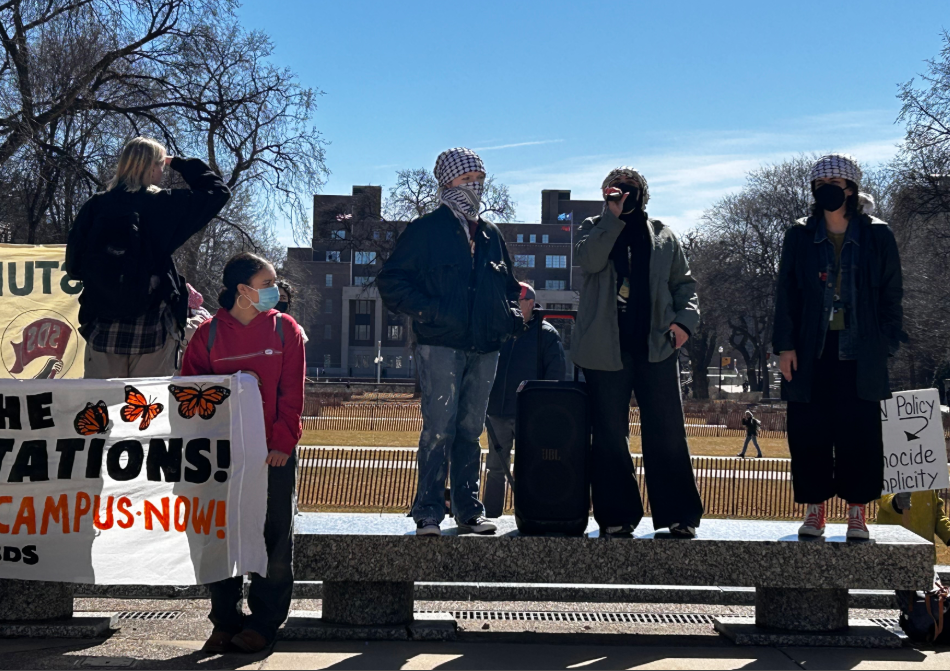

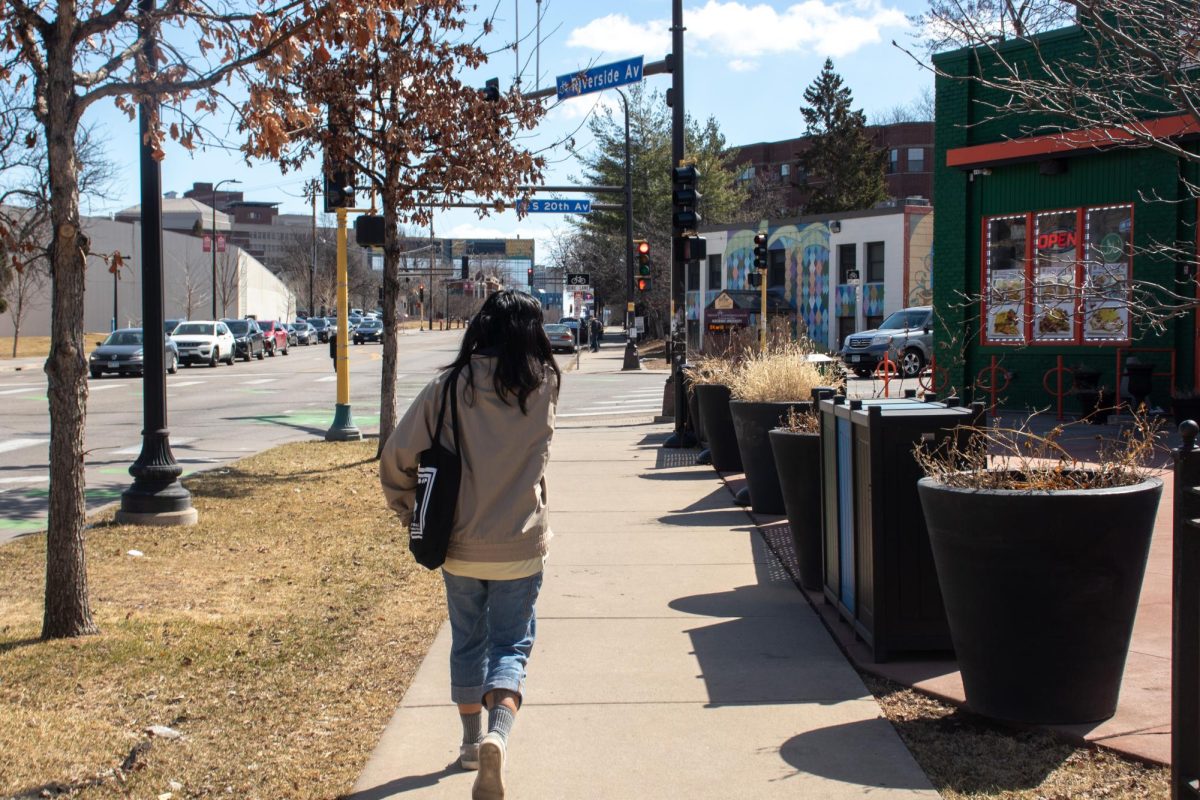
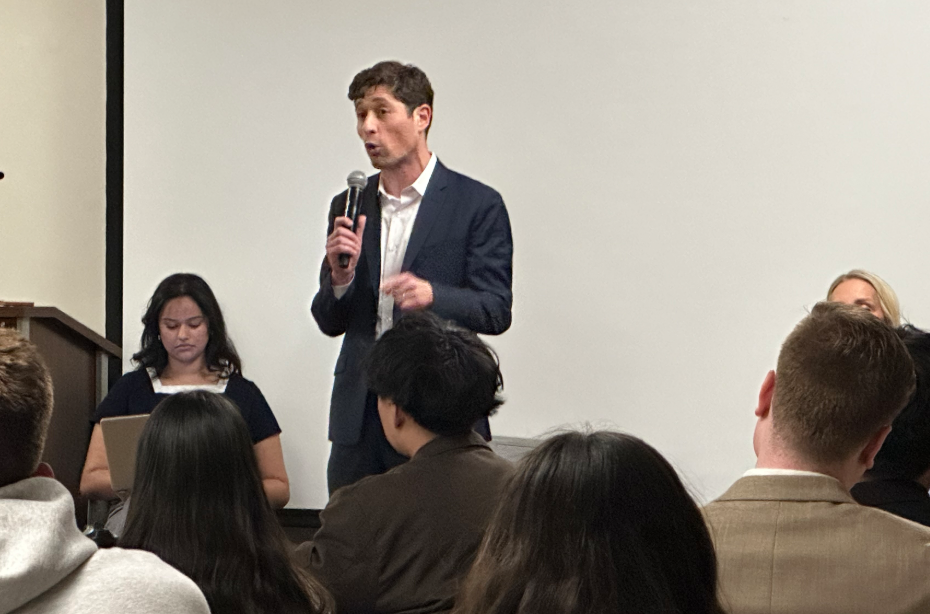

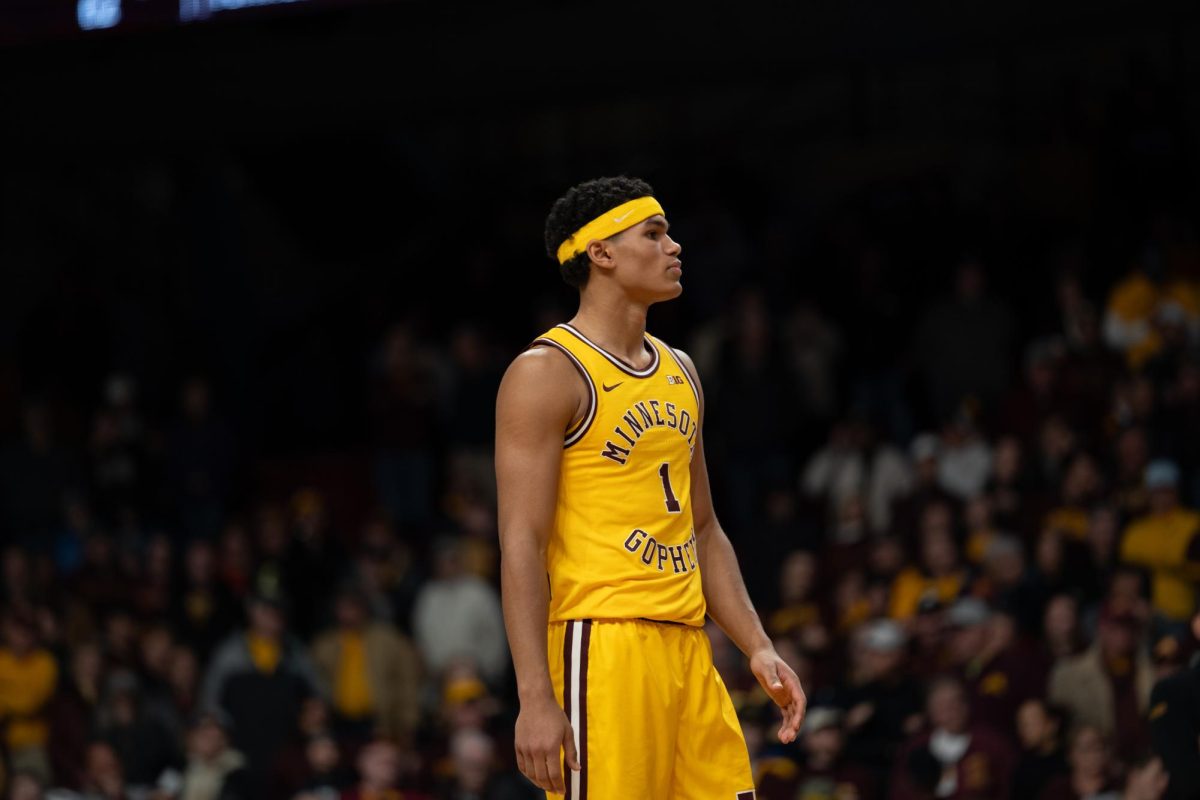
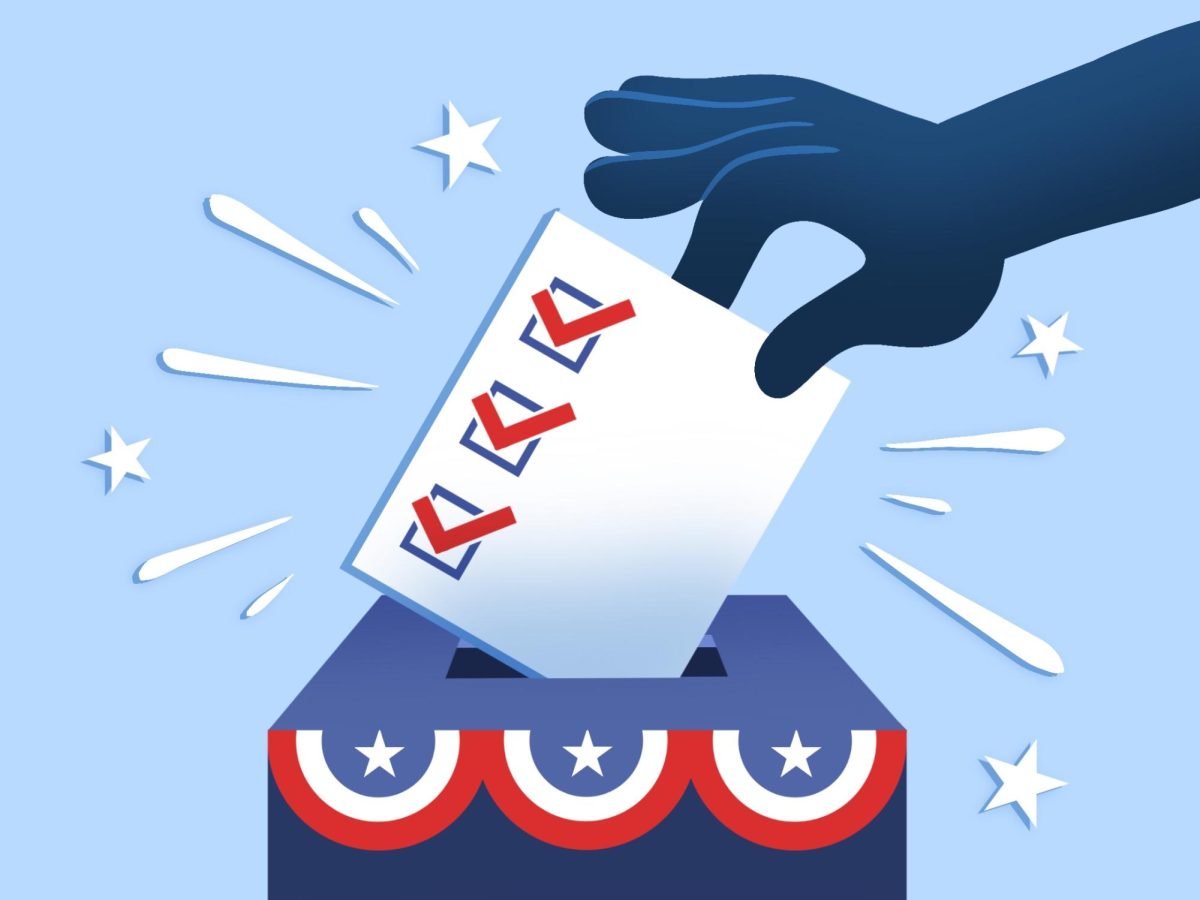
Mary P
Oct 20, 2022 at 8:28 am
shout out to Sviggum for keeping things bizzare on the BoR